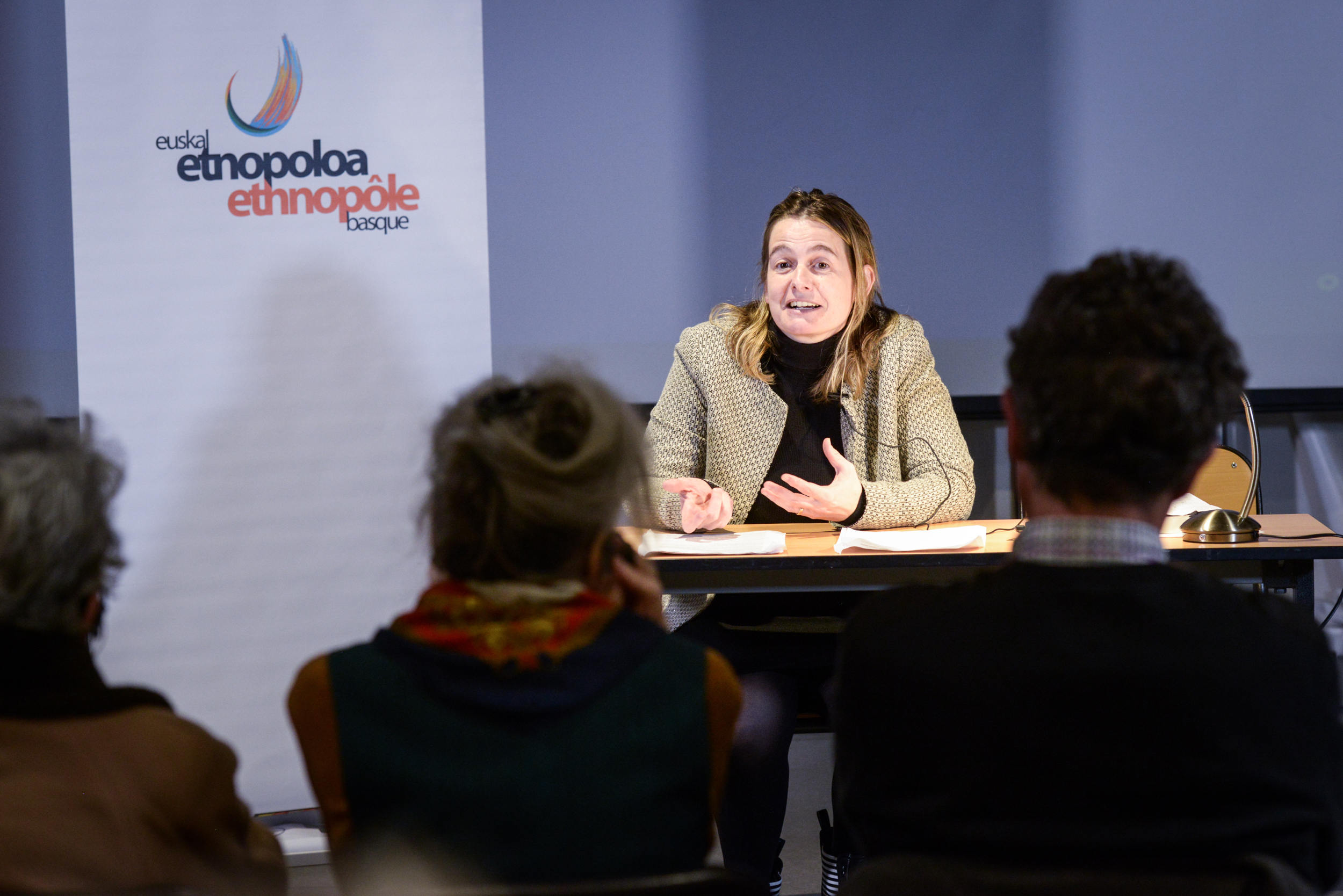
- For centuries, Moreno Zubeldia has been collecting stories that have been told from generation to generation. For two years he has travelled Lapurdi, Baja Navarra and Zuberoa, and in total he has created a collection of 300 traditional stories. This wealth has been making comparisons between hands, between stories, and with the collections of other researchers. Taking as an excuse the talk he has just spoken in Baiona, he explained to ARGIA the conclusions of this study.

You've collected the stories of Lapurdi, Nafarroa Beherea and Zuberoa. Is it a story different from that of other areas of Euskal Herria?
There are traditional stories everywhere, but some of the stories I've gathered are special or at least not gathered in the south. I don't know what the reason is: simply because they haven't met, or because they're from here, because they have another tradition. I have seen, among other things, that similar issues were dealt with in the fabliaux of the French Middle Ages. I have also looked at the work of Poggio Bracciolini, an Italian, a Latinist who collected stories in Latin in Italy. Some 16th-century stories I have now received them orally and in Basque! That's the most curious thing I've ever done, and I wanted to stress that there's a tradition, that there are stories told orally, and most surprisingly, that some are also being told now.
The compilation of oral stories begins in the middle of the 18th century. Why?
It was a phenomenon that occurred throughout Europe and in which there was an interest in the oral literature, especially that made known by the Grimm brothers in Germany. Here too, Cerquand and Webster, coming from the outside, started to be particularly interested in the one here.
He's gathered about 300 stories.
I've walked through Baja Navarra, Zuberoa and Lapurdi, with older people, very fond of storytelling. For example, at Donibane Garazi, on Mondays, some meet around the market and tell stories. That's a private moment, between friends and I'm a stranger, and I've had a hard time getting into the arts. Suppose I knew I was a good storyteller, but I didn't agree to meet with me. Others asked me not to name them.
In what fields do they count?
Some storytellers tell me they received them at home. But those stories aren't raw, I guess they were told more in a familiar environment. A storyteller from San Juan de Pie de Puerto had a tavern and told me that there he had heard a lot.
You make a realistic and admirable classification. Who are the masters?
The stories in which everyday life characters appear (cures, doctors, husbands, widows...) are realistic, and admirable those who have characters like the devil. Those that I have gathered the majority are realistic.
You've realized there's a lot of laughter. What kind of humor is it?
In the realistic tales I have differentiated two types of humor: some are raw, with sex issues and others I have called escatological, which speak of poop, murmur, and ask. I notice that sexual issues had three characteristics. On the one hand, what I have called a poetic transposition. The things and actions of the sexual account cannot be called by name, they are described. For example, in the story called Müthila and the girl, the owners of the house went to bed and the girl and the boy who were at home, when they were lying down, they ordered them to turn off the fire. They were entertained for a moment, the girl lay on the bag, the boy on top of him and realized that one end of the bag had caught fire. The girl was from Bearn and said: “Lou sac! Lou sac!” and the boy answered, “How long are they? Everything is there!” The game is described but never named. Another characteristic is that love sensations or love feelings are never described. Finally, the appearance of innocence, girls seem to know nothing about sex.
Have you found male or female storytellers?
Most of them have been men. When I went to find the storytellers, most of the time they sent me to the men.
In the past?
When it was counted at home, there would be everything.
Anti-clerical stories haven't been many.
Barandiaran, Azkue… Many times those who collected stories were religious, so perhaps they wouldn’t ask about these issues; and on the contrary, when they approached people, knowing they were cures, they wouldn’t want to tell stories of this kind. They are the traditional stories that have existed for a long time, but they are not collected.
What can these stories bring to children and adults of the 21st century?
I don't know we have to learn and get through! I've gathered them together because I liked them, because the Basque is rich and because I'm interested. At European level, they have also been collected in other languages and, having also been found in Basque, I wanted to collect them and make comparisons. From there, I have nothing to tell anyone that they have to be learned and read. On the other hand, coexistence is also changing, we find ourselves less and less, and then the oral literature also has less and less place.